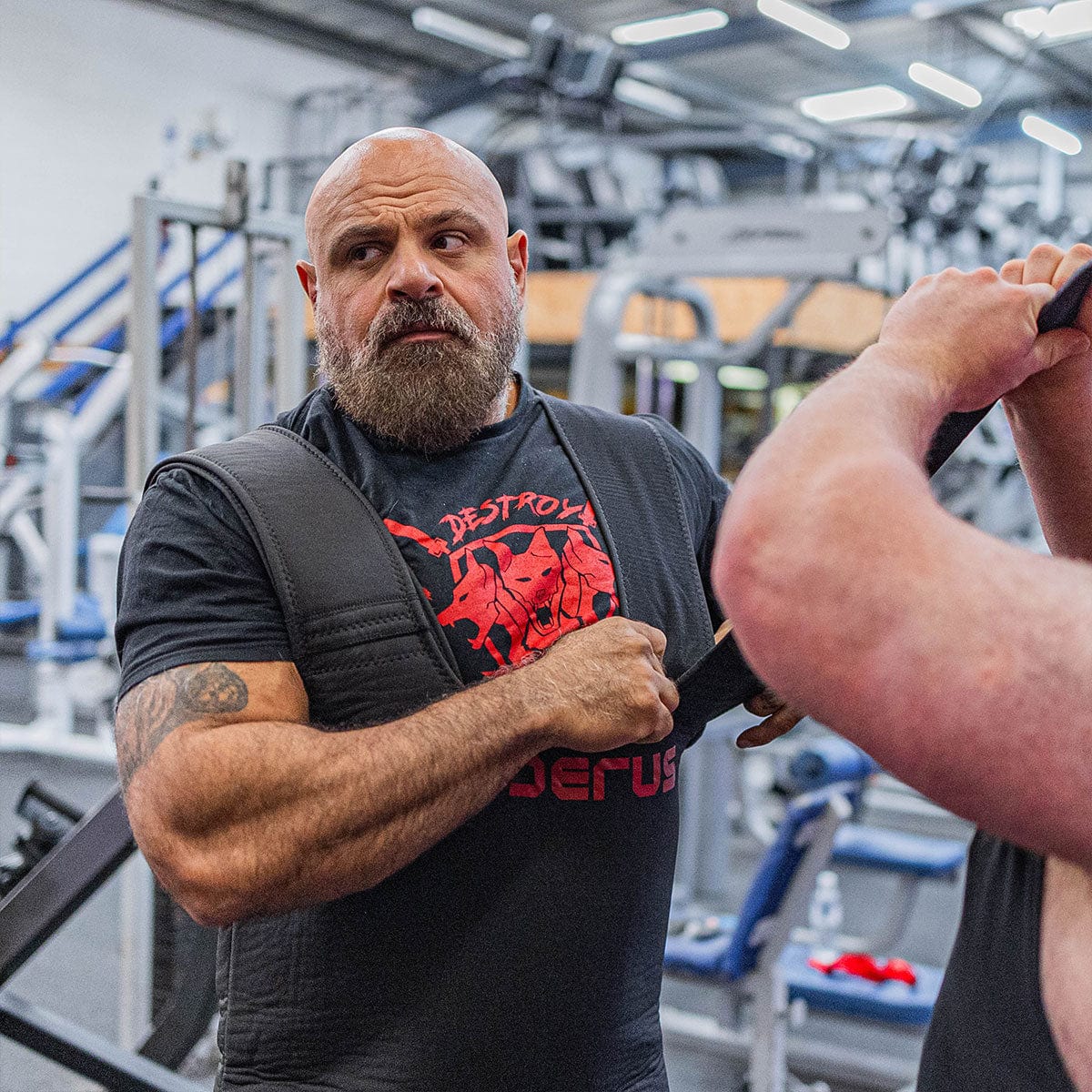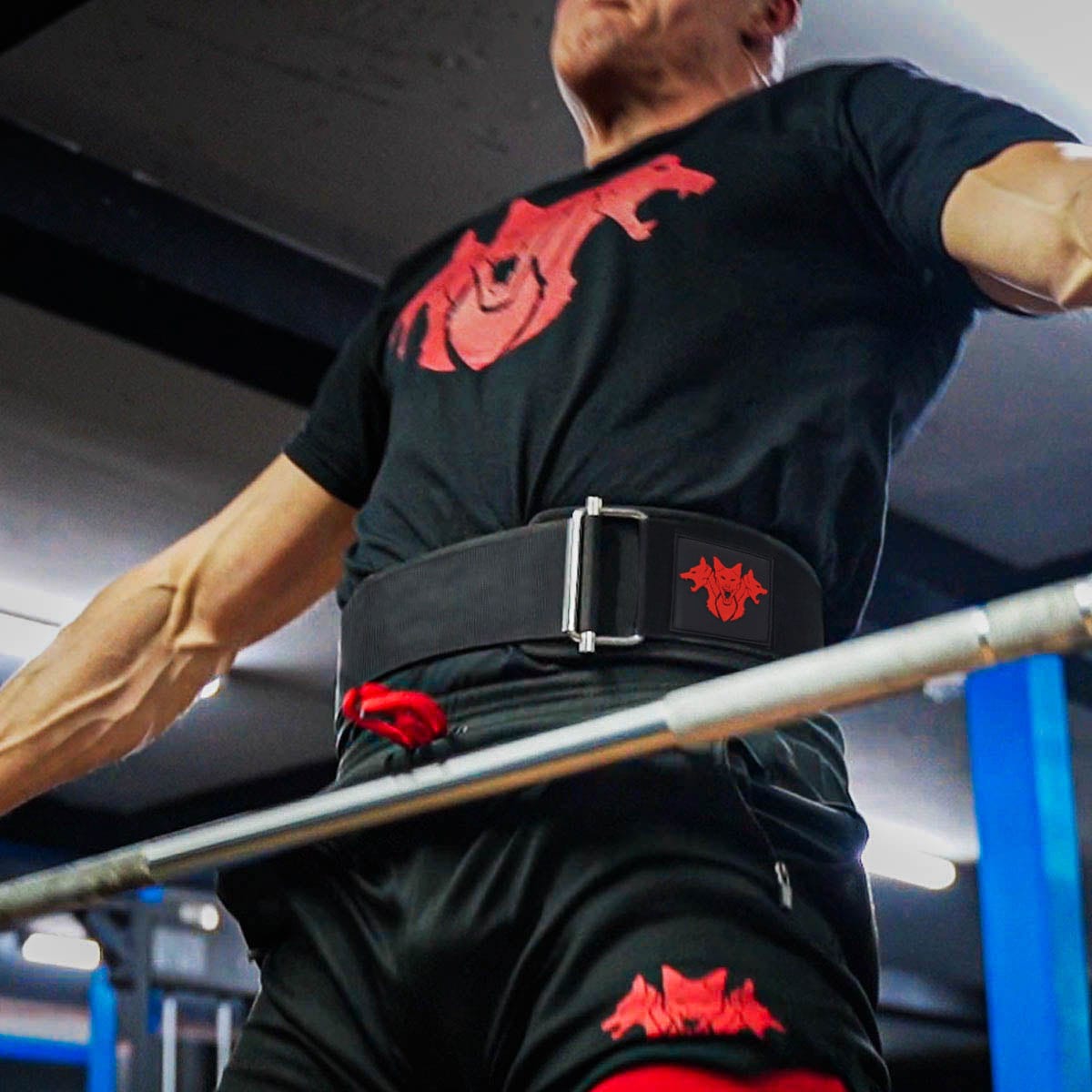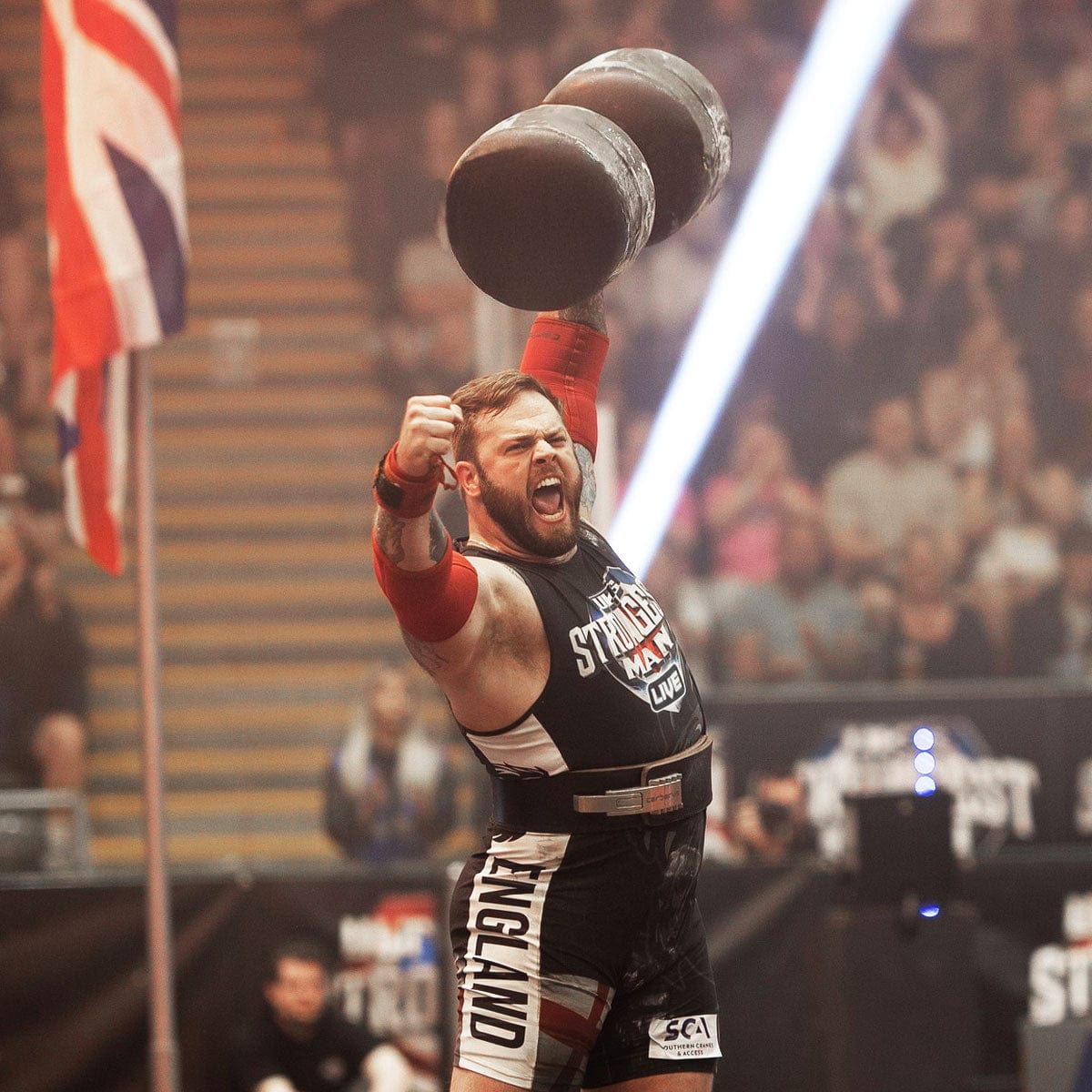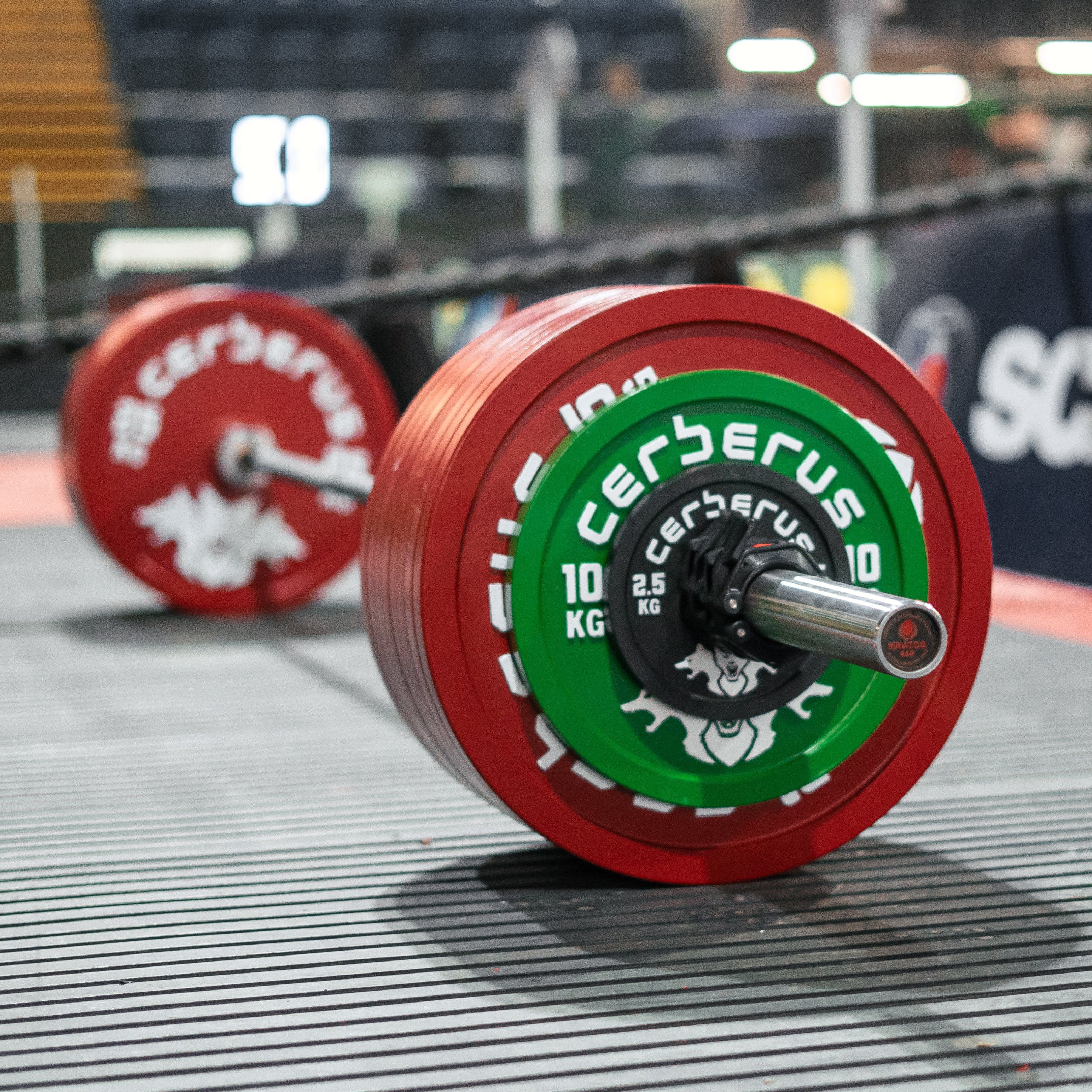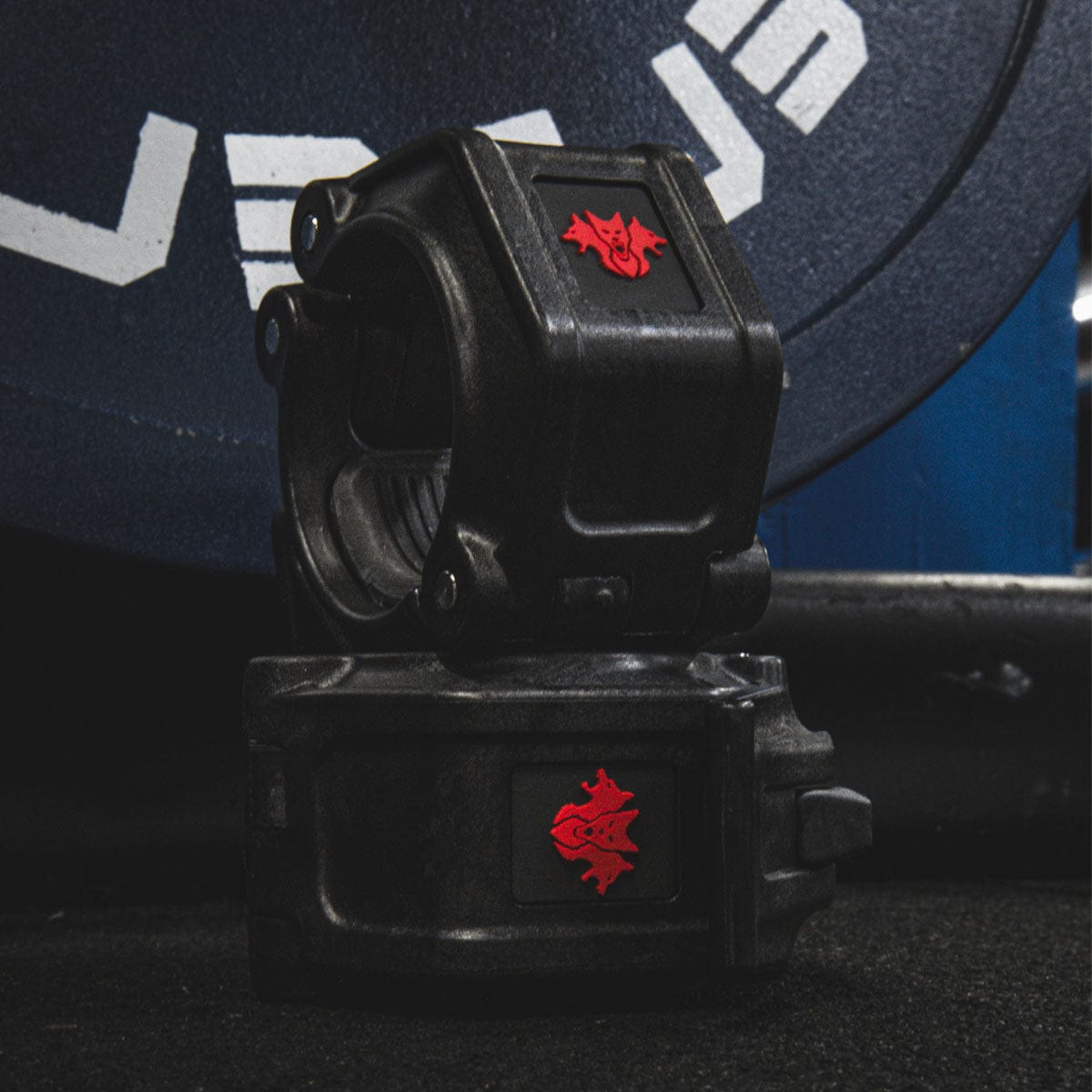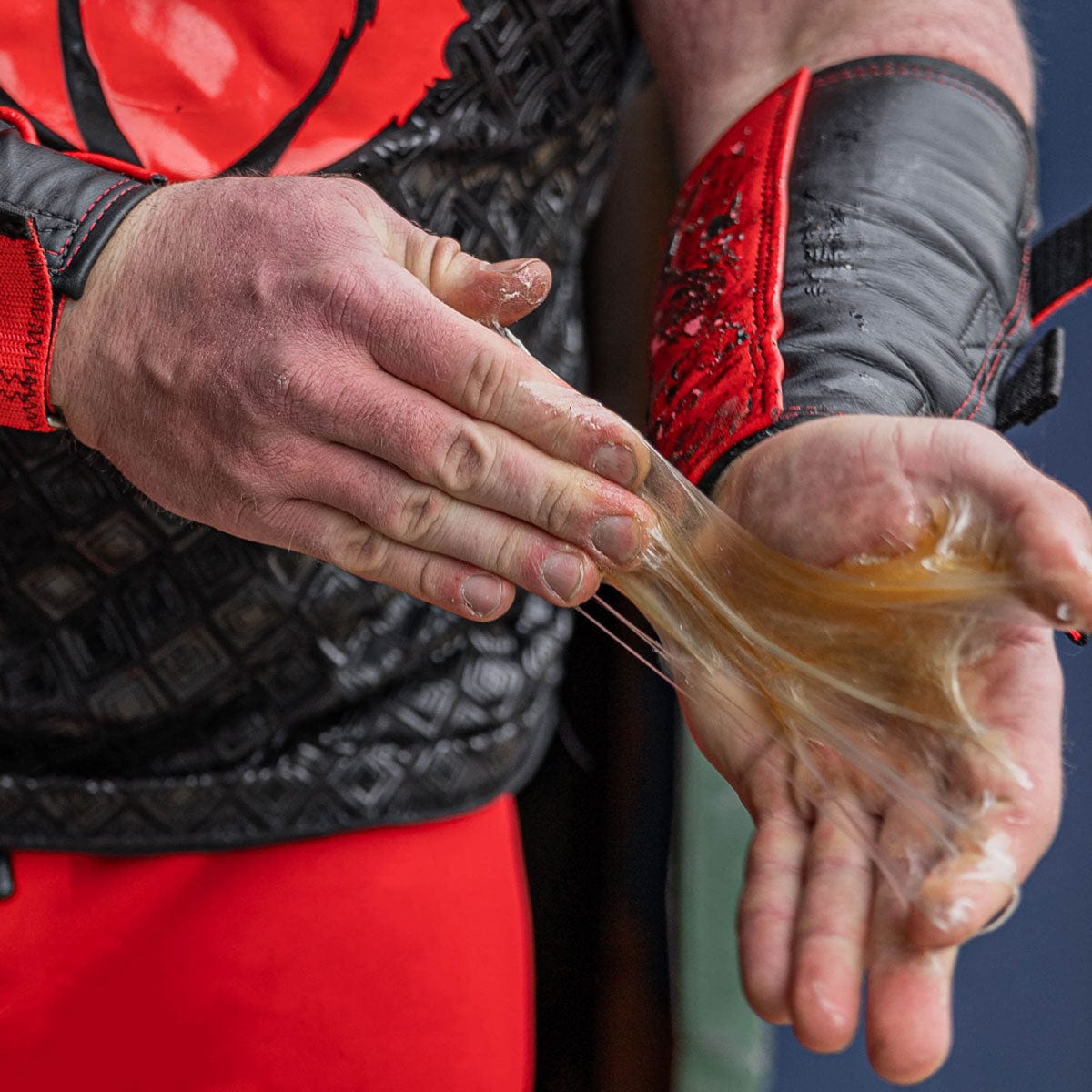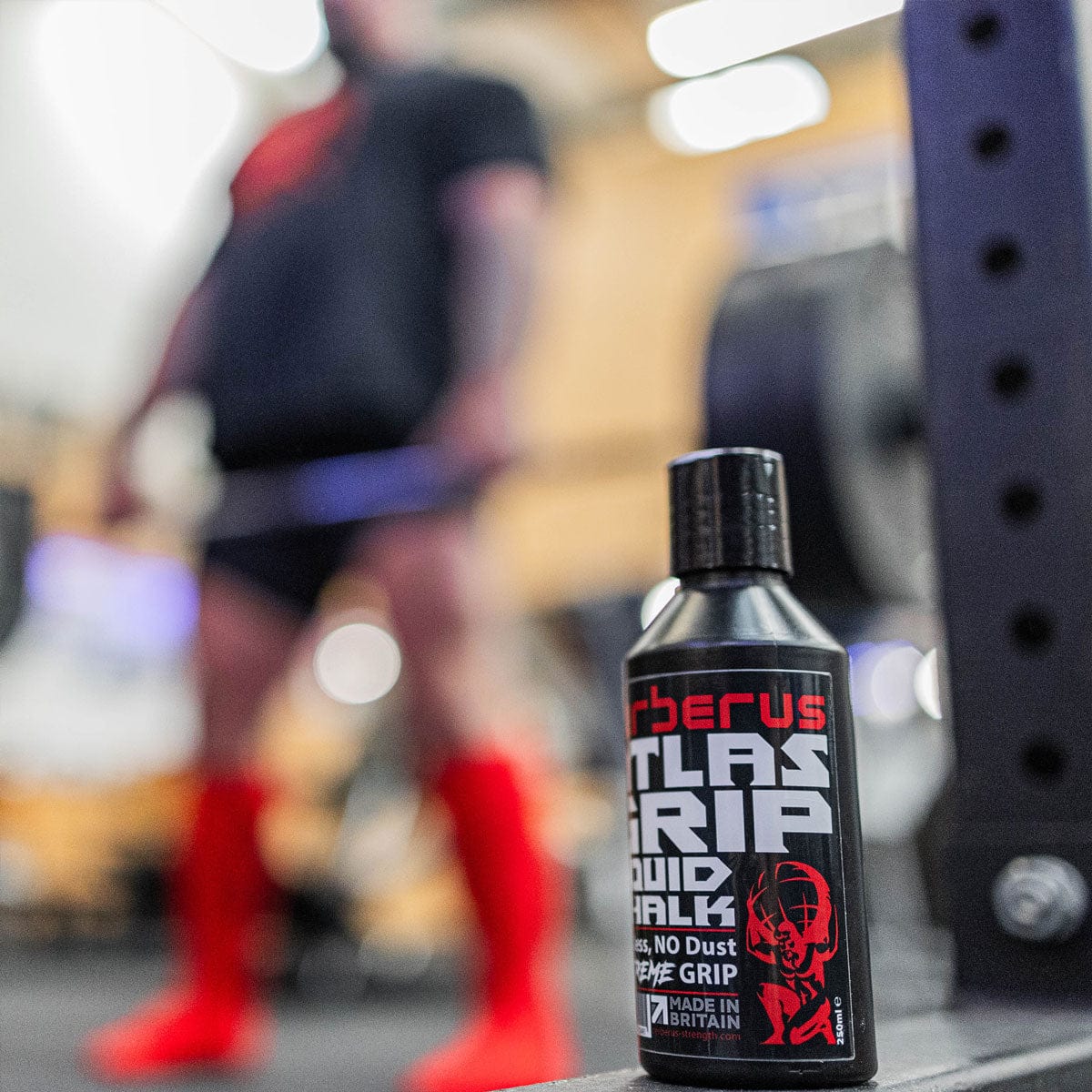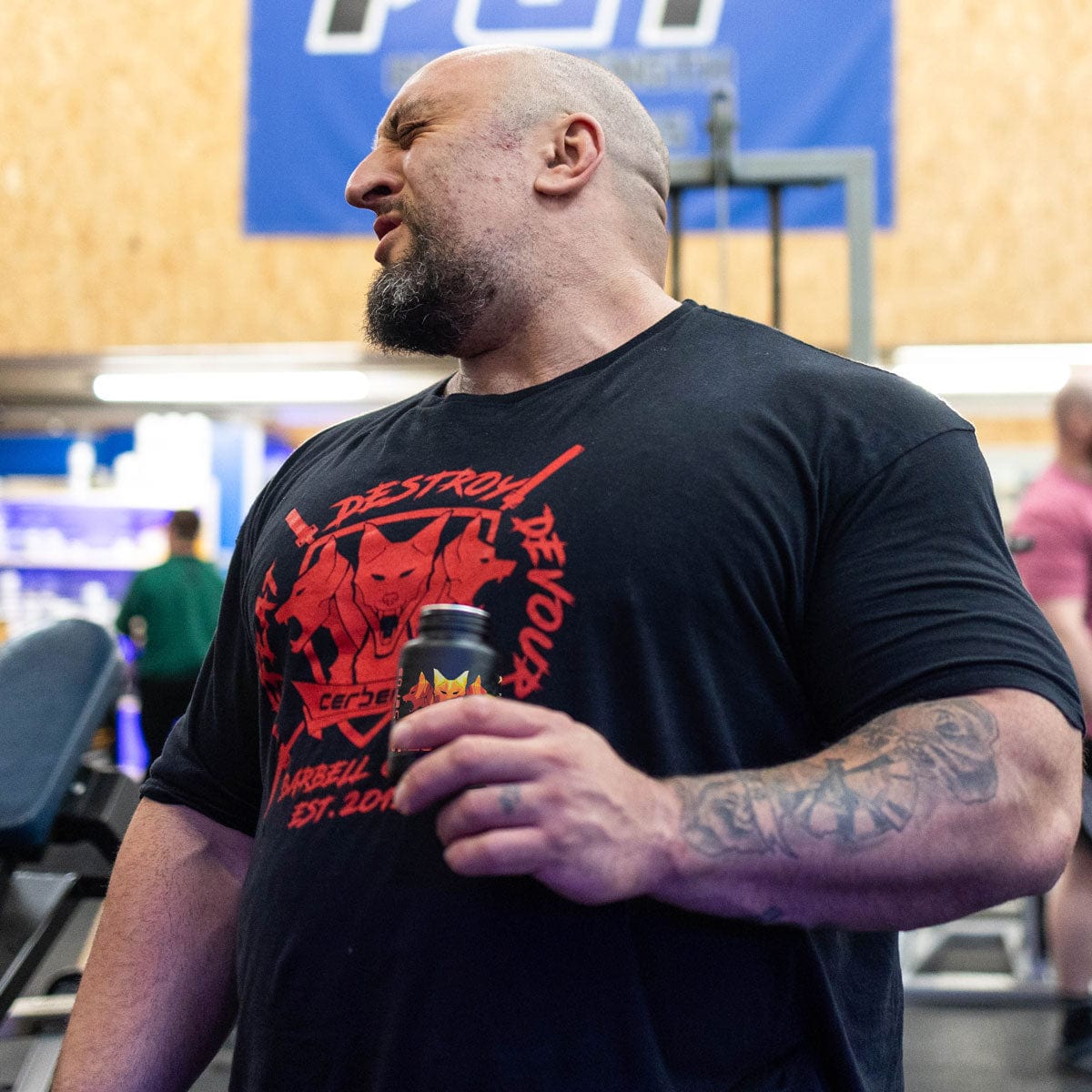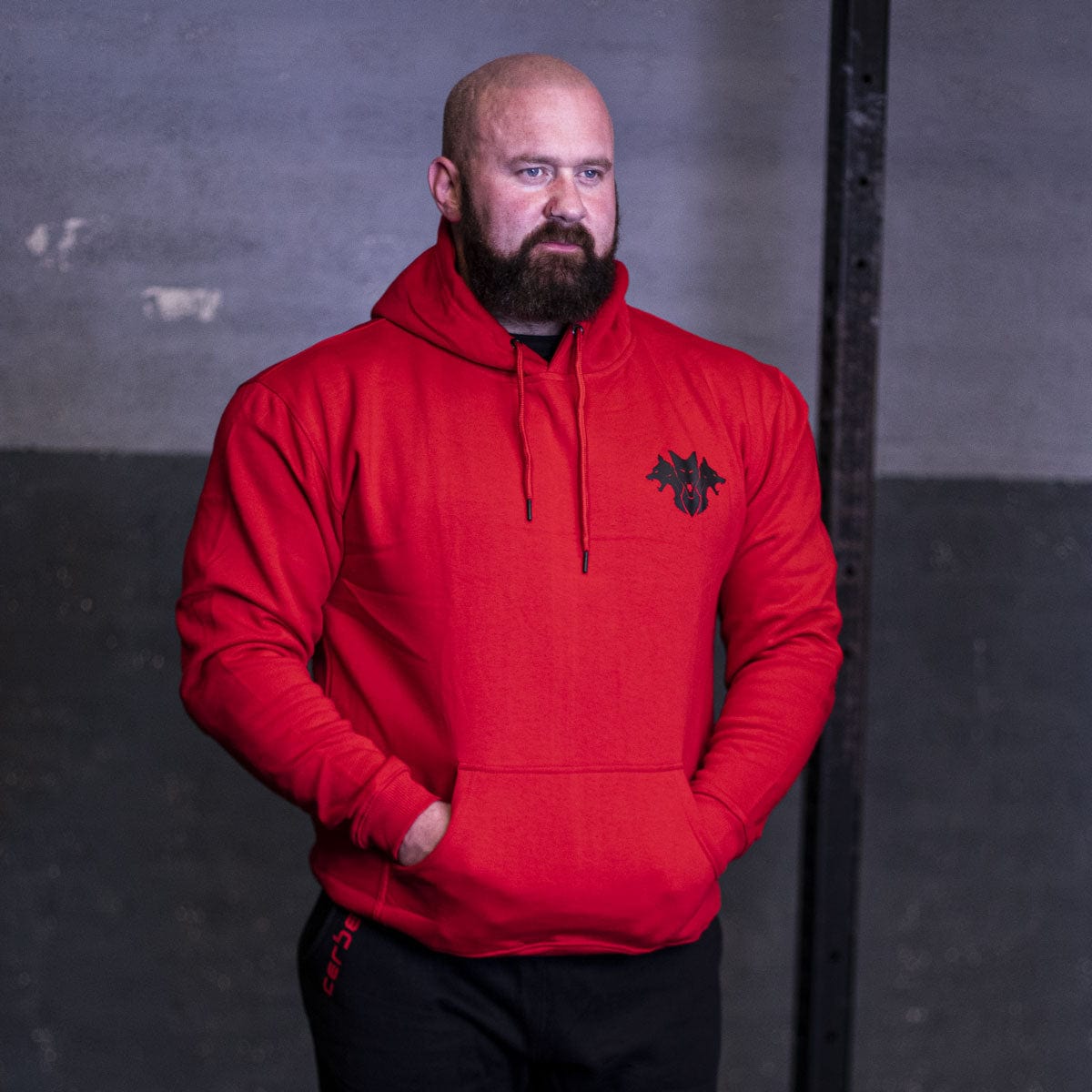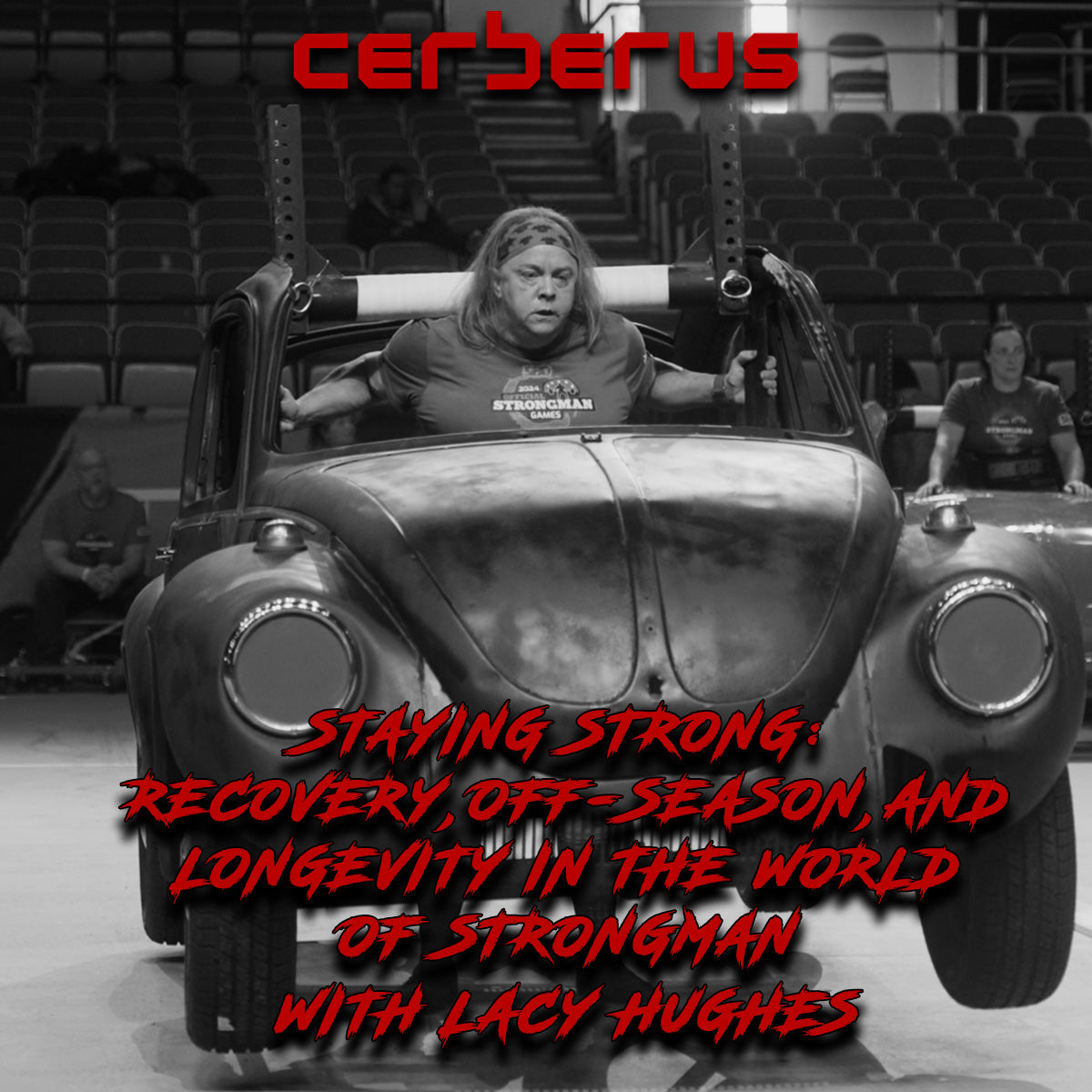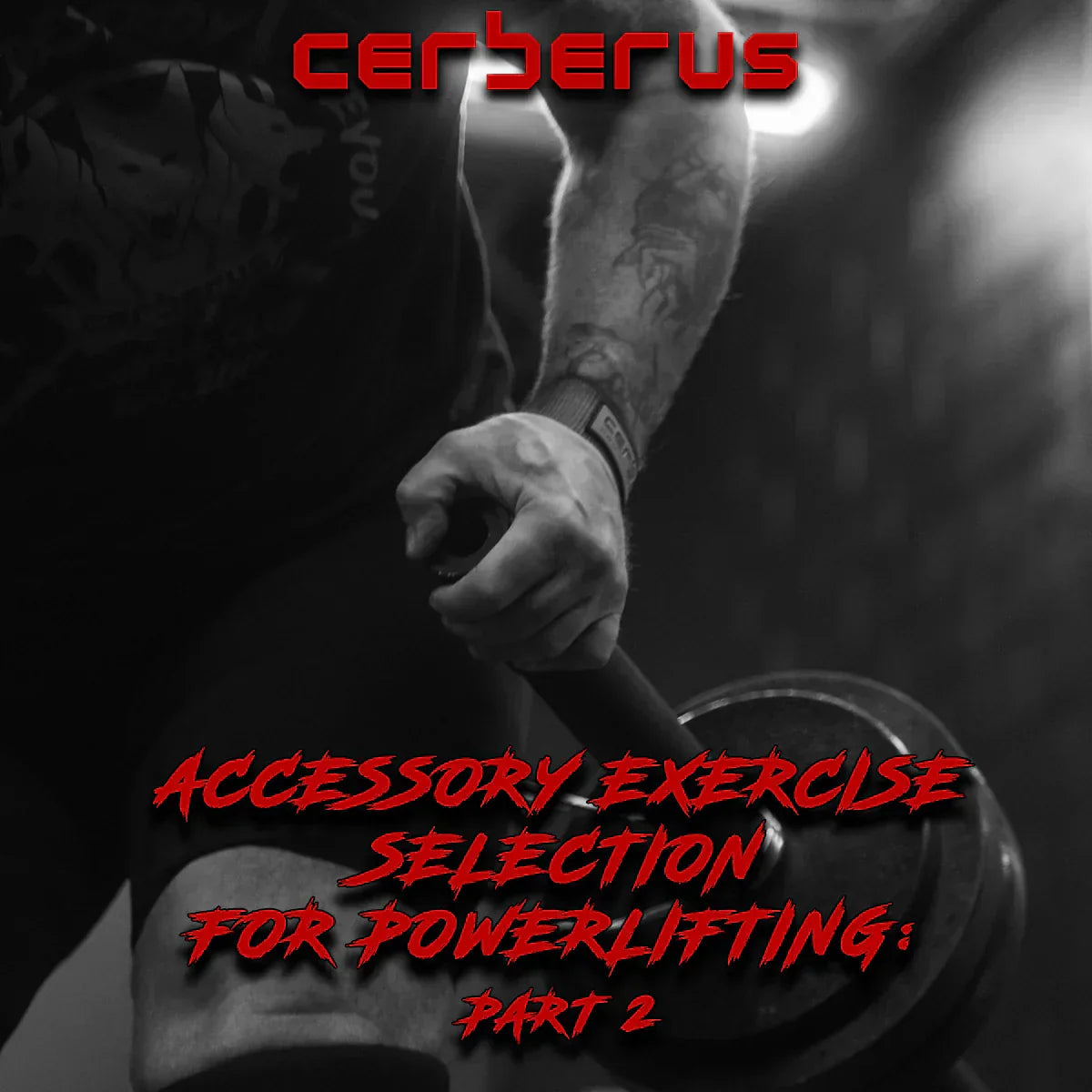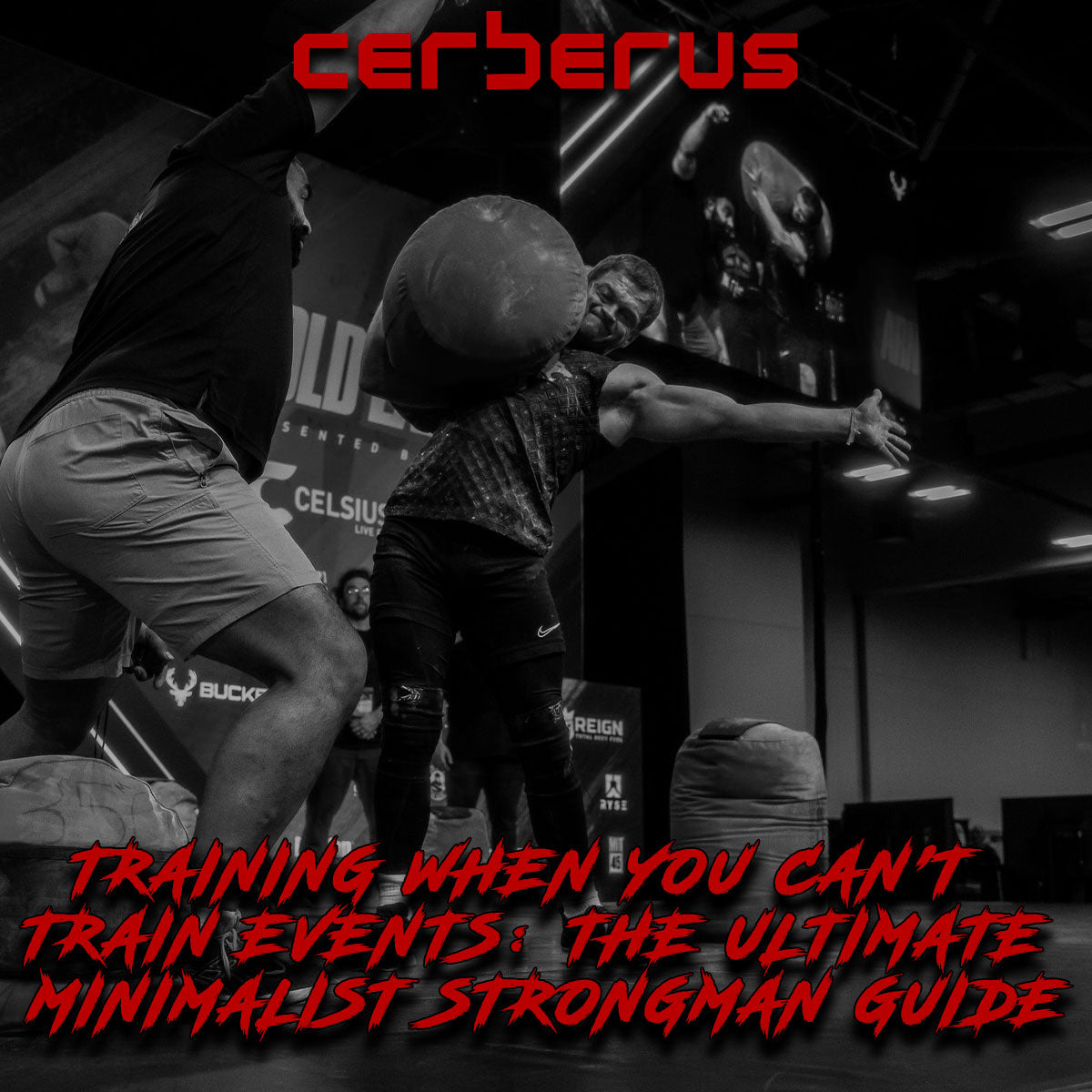After over two decades in the sport of strongman, I’ve learned one unshakable truth: if you want to last, you have to respect the process — and your body. Competing at a high level year after year takes more than brute strength. It takes discipline, strategy, and a commitment to recovery that equals the commitment to training.
The Off-Season: Where Champions Are Built
Too many athletes see the off-season as downtime. In reality, it’s the most important part of the training year. The off-season is where weaknesses are exposed and addressed, where the body is rebuilt from the wear and tear of competition, and where the groundwork for the next season’s success is laid.
My off-season isn’t “easy.” It’s focused. It’s when I rebuild structurally, spend more time with unilateral work, and bring up weak links that get overshadowed in comp prep — whether that’s hamstring imbalances, scapular stability, or grip endurance.
Recovery: The Missing Pillar
Training is only half of it. Recovery is where the real growth happens. After 22 years of lifting stones, flipping tires, and carrying yokes, I’ve had to dial in my recovery to stay competitive.
Here are the cornerstones of my recovery strategy:
- Sleep: Non-negotiable. 8–9 hours a night, consistently.
- Nutrition: Quality fuel equals quality output. Protein intake, hydration, and anti-inflammatory foods are key.
- Therapies: I rely on deep tissue work, chiropractic care, and mobility drills to stay in one piece.
- Deloading: I listen to my body. Strategic deloads have saved me from countless overuse injuries.
Weakness Training: The Unseen Strength
A lot of athletes avoid what they’re bad at. In strongman, that’s a mistake you can’t afford. The sport tests everything — overhead strength, core stability, conditioning, and grip. In the off-season, I target my weaknesses relentlessly. If my stones feel slow, I’m hammering posterior chain work and tacky-less reps. If my pressing falters, I go back to strict work and triceps development.
Progress isn’t always about adding weight — it’s about eliminating limitations.
Longevity: The Long Game
Longevity in strongman comes down to three things:
- Smart programming — You can’t go 100% all year. Periodization, variation, and respecting recovery are key.
-
Community and support — Having a great coach and support system matters more the longer you're in the game.
I want to thank my coach, Ken McCleland — not only for his expert guidance and constant support, but also for being an athlete who leads by example. Ken is a fellow Cerberus Strength athlete whose knowledge and mentorship have been absolutely essential to my continued growth in the sport. - Gear and partnerships — I’m proud to be sponsored by Cerberus Strength. Their world-class equipment has supported my training through every stage of my career, and their belief in me as an athlete continues to mean the world. I can’t thank them enough for their ongoing support and for being such a vital part of my strongman journey.
Final Words
Strongman isn’t just about strength — it’s about resilience, discipline, and playing the long game. After 22 years, I’m still learning, still growing, and still grateful to be part of this incredible sport.
To those just getting started: learn to love the recovery process, train your weaknesses like they’re events, and surround yourself with people who push you to be better.
See you at the next contest — stronger and smarter.

